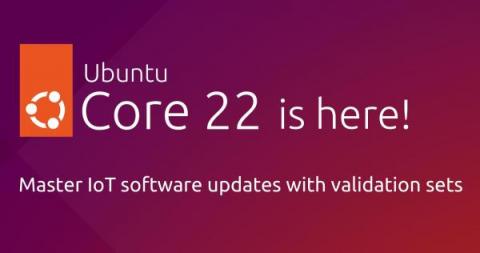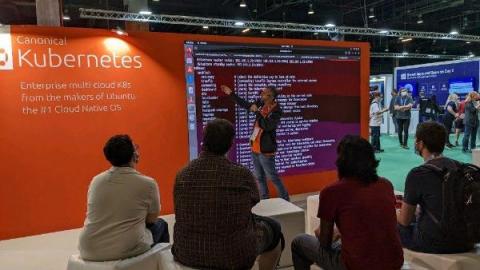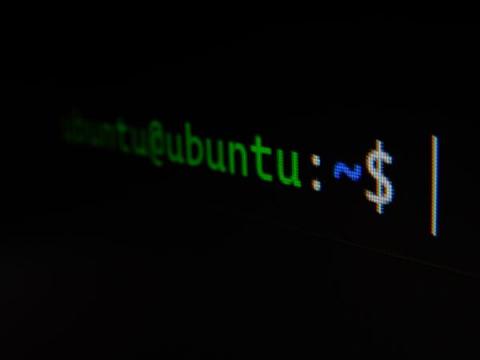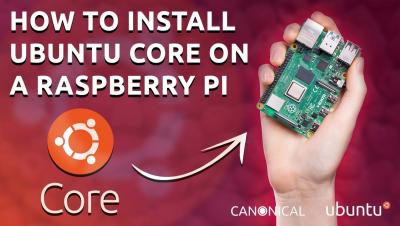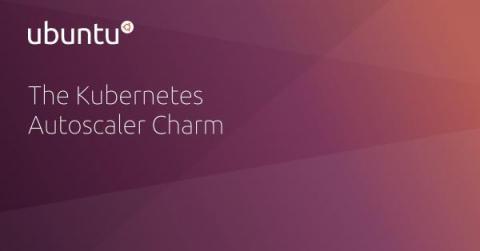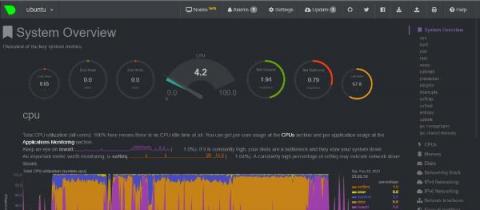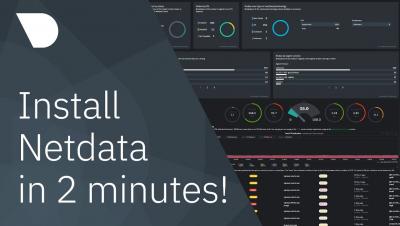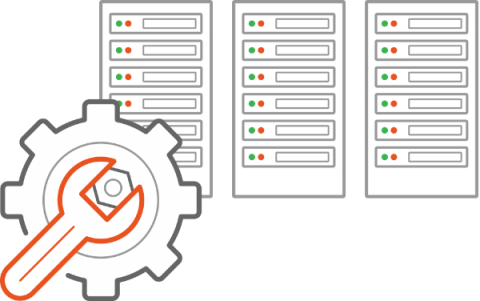Master IoT software updates with validation sets on Ubuntu Core 22
If you are packaging your IoT applications as snaps or containers, you are aware of the benefits of bundling an application with its dependencies. Publishing snaps across different operating system versions and even distributions is much easier than maintaining package dependencies. Automated IoT software updates make managing fleets of devices more efficient.


